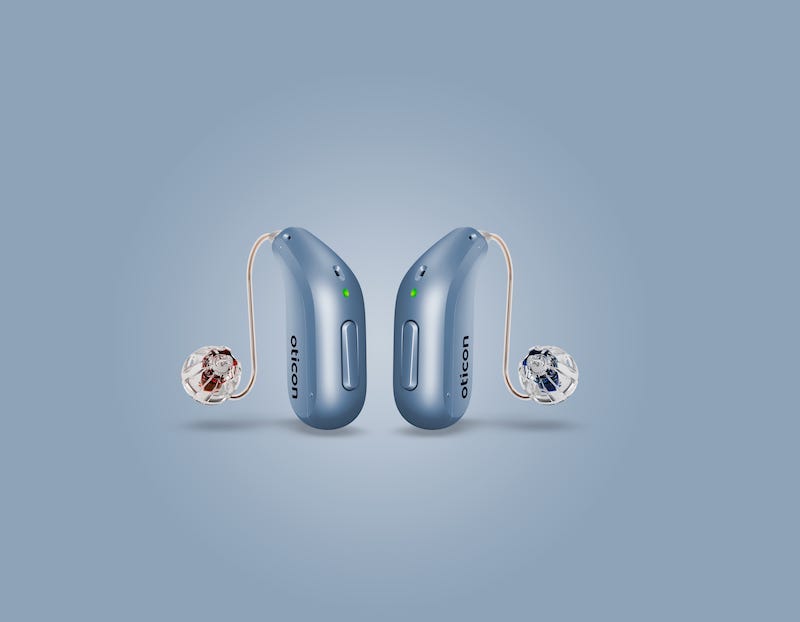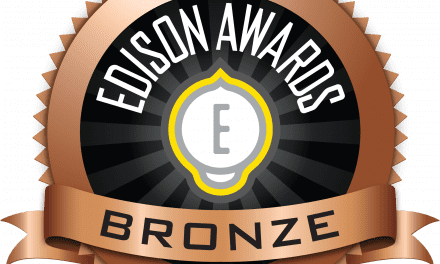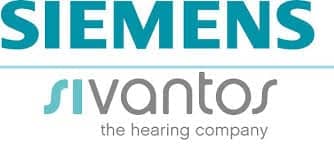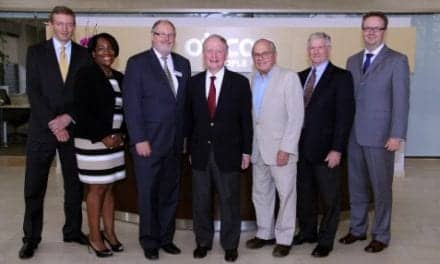Oticon has launched a hearing aid with 4D Sensor technology that is designed to understand each user’s listening intentions and seamlessly support individual listening needs while giving access to the full sound environment.
4D Sensor Technology for Intention-Based Personalization
The new Oticon Intent hearing aid supports the understanding that different users have very individual and greatly varying listening needs—even in the same sound environment. Oticon Intent features user-intent sensors that can capture a person’s unique communication intention and then seamlessly provide the brain with the right hearing support in any situation, according to the company. This personalized support is designed to make a significant difference for users, especially in very complex listening environments, where traditional hearing aids provide standard support, regardless of the individual listening needs.
By monitoring conversation activity, head movement, body movement, and the acoustic environment, Oticon Intent recognizes when the user’s needs change and to seamlessly adapt sound processing to support these specific needs. Oticon Intent provides the brain with tailored support in any situation, the company says. This 4D Sensor technology improves users’ speech comprehension by 15%.1 Furthermore, the outcomes of a brain imaging study showed that the 4D Sensor technology helps users balance their attention toward the sound sources that they intend to listen to.1
Additionally, higher clarity and better balance is provided by Oticon Intent as a result of the rapid and effective sound processing of MoreSound Intelligence 3.0, with up to 12 dB noise suppression, Oticon says. Thanks to this new sound processing, which ultimately provides users with clearer speech, Oticon Intent delivers 35% more access to speech cues compared to Oticon’s preceding premium hearing aid.2
Oticon Intent also debuts a second-generation Deep Neural Network (DNN 2.0), which has been trained using a greater diversity of complex sound scenes as well as enhanced learning from the sound it is exposed to during training. This advanced technology is designed to allow the hearing aid to work more like the brain, having learned through experience, enabling better and more accurate representation of sound in the brain and better access to even soft speech sounds in noisy environments.
Reactions to Oticon Intent
Hearing aid users were asked to evaluate the sound quality of Oticon Intent compared to Oticon’s last premium hearing aid in different sound environments, according to the company. Study results showed that it improved sound quality in different sound environments; and ensured more nuance and detail in the sound and higher listening comfort for users.1
“At Oticon, we recognize the brain’s exceptional sound processing abilities,” says Virginia Ramachandran, AuD, PhD, Head of Audiology at Oticon. “Our unique BrainHearing approach guides us and helps us make life-changing technology, like Oticon Intent, a reality. The world’s first user-intent sensors allow Oticon Intent to recognize when a user’s listening needs change and adapt accordingly, providing greater access to the sounds and speech that will enable users to engage in life like never before. Oticon Intent seamlessly supports each individual listening need while always giving access to the full, 360º sound environment.”
Oticon Intent’s Other New Features
Smart Speaker:
Oticon Intent comes with a self-calibrating speaker to make speaker inaccuracy a thing of the past. The new miniFit Detect delivers gain accuracy within 1dB, providing up to 57% more precise gain compared to previous speaker units, the company says. When connecting the hearing aid to Oticon’s fitting software, Oticon Genie 2, hearing care professionals can see all relevant speaker unit information, from the serial number and fitting power level, to wire length and left/right information. Additionally, Oticon Genie 2 provides immediate visibility to speaker unit status, enabling the hearing care professional to determine if a speaker unit is correct, missing, faulty, or incompatible. These features are designed to make it easier and more efficient for hearing care professionals to fit Oticon Intent.
Future-Proof Connectivity:
Oticon Intent supports modern connectivity standards, including the next generation of Bluetooth audio, Bluetooth LE Audio. With that, users can enjoy direct streaming and hands-free communication to iOS devices and compatible Android phones, tablets3, and Windows PCs. It is also ready for future communication technologies, the company says, such as Auracast broadcast audio.4
New Design & Improved Rechargeability:
Oticon Intent boasts a sleek new design, making it the smallest, most discreet rechargeable miniRITE style Oticon has created while still including both a telecoil and a large battery, the company says. The size 13 lithium-ion battery gives users more power between charges and provides faster and more stable charging. It offers 20 hours of battery life when fully charged, including streaming, while a speedy 15-minute charge delivers 4 hours of battery life5 to users. The new design also includes touch control for call handling and a single, easy-to-use push-button for quick and intuitive hearing aid control.
Further reading: New Oticon Device Protects Against Disruptive Sounds
References:
- Bianchi/Eskelund et al. (2024). Oticon Intent – Clinical evidence. BrainHearing benefits of the 4D Sensor technology. Oticon whitepaper.
- Brændgaard/Zapata-Rodríguez et al. (2024). 4D Sensor technology and Deep Neural Network 2.0 in Oticon Intent. Technical review and evaluation. Oticon whitepaper.
- Android devices need to have Android 14 and support LE Audio Bluetooth to allow hands-free communication or the Android Protocol for Audio Streaming (ASHA) to allow direct streaming to Oticon Intent. Please visit https://www.oticon.com/support/compatibility for more information.
- Apple, the Apple logo, iPhone, iPad, Mac, Mac logo are trademarks of Apple Inc., registered in the US and other countries. Android, Google Play and the Google Play logo are trademarks of Google LLC. Microsoft and Windows are part of the Microsoft group of companies. The Bluetooth® word mark and logos are registered trademarks owned by Bluetooth SIG, Inc. The Auracast word mark and logos are trademarks owned by the Bluetooth SIG. Any use of such marks by Demant is under licence. Other trademarks and tradenames are those of their respective owners.
- Expected use time for rechargeable battery depends on use pattern, active feature set, hearing loss, sound environment, battery age and use of wireless accessories.





